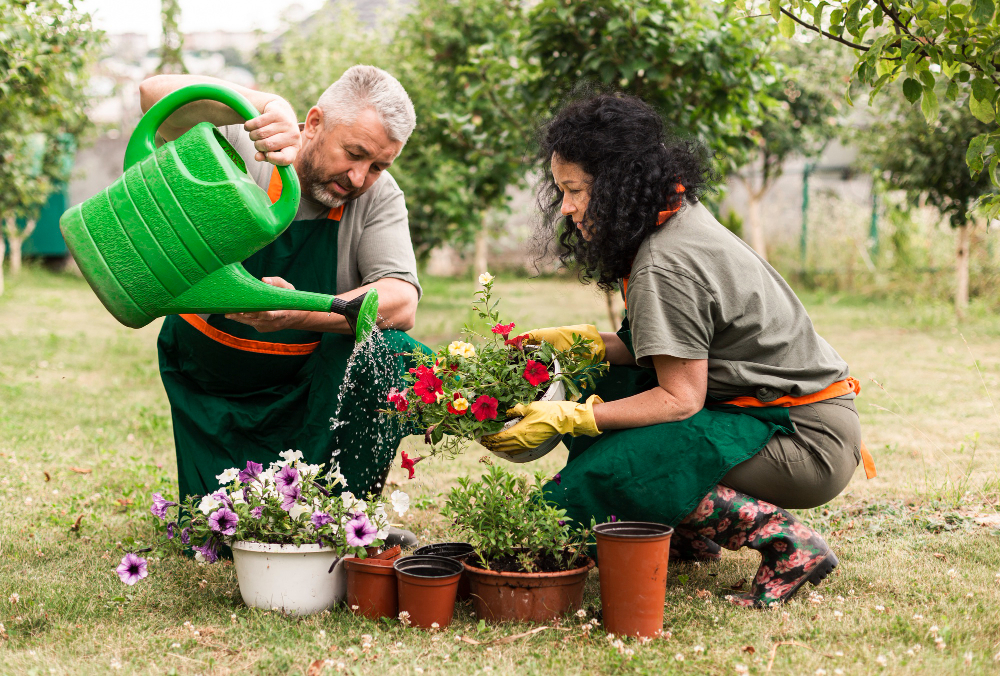Starting a Home Garden: A Beginner’s Guide

Gardening is a rewarding and fulfilling hobby that brings you closer to nature and provides fresh, home-grown produce. Whether you have a spacious backyard or just a small balcony, starting a home garden is possible and enjoyable. Here’s a comprehensive beginner’s guide to help you get started on your gardening journey.
Planning Your Garden
First, assess the space available for your garden. This will influence the types of plants you can grow. Observe the areas of your garden to understand how much sunlight they receive, as most vegetables and flowers need at least six hours of sunlight per day. Once you know your space and light conditions, decide what to grow. Easy options for beginners include herbs, tomatoes, lettuce, and marigolds, which are relatively low-maintenance and yield quick results.
Gathering Supplies
Next, gather the necessary supplies. Basic gardening tools include a trowel, watering can, garden gloves, pruners, and a garden fork. Quality soil is crucial for plant health, so opt for a good potting mix if gardening in containers, or amend your garden soil with compost. If you’re short on space, containers or raised beds are excellent alternatives for growing plants.
Preparing the Soil
Preparing the soil is a vital step. Test your soil’s pH and nutrient levels to determine what amendments might be needed. Adding compost or organic matter enriches the soil, improves its texture, and promotes healthy plant growth.
Planting Your Garden
When planting your garden, follow seed packet instructions for planting depth and spacing. Some seeds can be started indoors before transplanting outside. When transplanting, dig a hole large enough to accommodate the roots and gently place the seedlings in the soil. Water thoroughly after planting, and keep the soil consistently moist but not waterlogged.
Caring for Your Garden
Caring for your garden involves regular watering, preferably in the morning to reduce evaporation and avoid fungal diseases. Adjust watering frequency based on weather and plant needs. Apply a layer of mulch around plants to retain moisture, suppress weeds, and regulate soil temperature. Regularly remove weeds that compete with your plants for nutrients and water, and use organic fertilizers to provide essential nutrients throughout the growing season.
Pest and Disease Management
Pest and disease management is another critical aspect of gardening. Learn to identify common garden pests and the damage they cause. Use natural pest control methods such as neem oil, insecticidal soap, or introducing beneficial insects like ladybugs. Practice crop rotation and ensure proper spacing between plants to reduce disease risk.
Harvesting
Harvesting is one of the most rewarding parts of gardening. Harvest vegetables and herbs when they reach peak ripeness for the best flavor and nutritional value. Use sharp pruners or scissors to avoid damaging plants during harvest. Once you’ve gathered your fresh produce, use it in meals or preserve it through canning, freezing, or drying. Sharing your harvest with friends, family, or neighbors can also spread the joy of gardening.
Enjoying the Fruits of Your Labor
Starting a home garden is a journey of learning and growth. With patience, care, and a little effort, you can create a thriving garden that brings beauty, fresh food, and a sense of accomplishment. Happy gardening!


